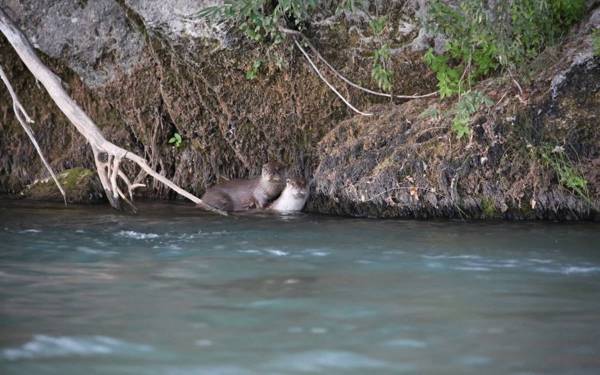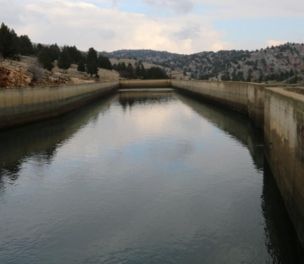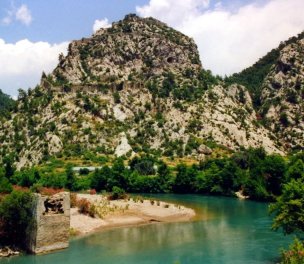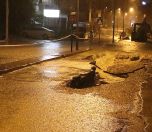There are 246 active hydroelectric power plants in Turkey’s Black Sea region

* Photo: Anadolu Agency (AA)
Click to read the article in Turkish
Turkey's Western Black Sea region has recently been hit by heavy rainfall and floods. 17 people in total have lost their lives in Kastamonu, Bartın and Sinop provinces. Kastamanu's Bozkurt district is one of the areas severely affected by the rainfall and the ensuing flood.
While it is indicated that the gates of the hydroelectric power plant in Bozkurt broke off and it has increased the effect of the flood to such an extent, the Governor's Office of Kastamonu has denied this allegation.
CLICK - Human-made disasters in Turkey's Black Sea region
But how many hydroelectric power plants in the Black Sea?
The number of hydroelectric power plants is gradually increasing in Turkey's northern region. Attracting the attention of several companies thanks to its topography and natural energy resources, the Black Sea keeps on hosting new hydroelectric power plants.
'246 active power plants in the region'
There are 246 active hydroelectric power plants in the region. With 32 percent, Giresun is the Black Sea province which has the highest potential for hydroelectric energy production. Giresun is followed by Trabzon with 26 percent, Rize with 18.8 percent and Ordu with 13.3 percent.
As for the companies with which the hydroelectric power plants are affiliated, the EUAS Esenyurt Thermal Power Plant has the highest share and it is closely followed by Kolin Energy and Eksim Energy.
'They disturb the ecology'
As hydroelectric power plants use the entire water in the sources, the water flowing through small river reaches completely dries up in summer, which completely disturbs the ecological balance.
The change in the natural flow and structure of the river impairs the water quality. As the amount of water drops, it has a negative effect on all living beings in water, from microorganisms to fish, as well as on animals and agricultural fields on land. Thus, the lives of all creatures, including crops, are jeopardized, some species go extinct as their natural habitat is destroyed.
'Fish species are going extinct'
Hydroelectric power plants also block the migratory routes of fish and affect their natural habitat in rivers.
25 percent of the fish cannot pass through the water reception structures and the amount of fish in the river changes to a considerable extent. Over 20 percent of more than 9,000 freshwater fish have recently gone extinct or are about to do so due to the hydroelectric power plants. (MK/EMK/SD)
* News report compiled from the BBC, Union of Chambers of Turkish Engineers and Architects (TMMOB), Energy Atlas and the "Karadeniz İsyandadır" (Black Sea is Revolting) Platform









